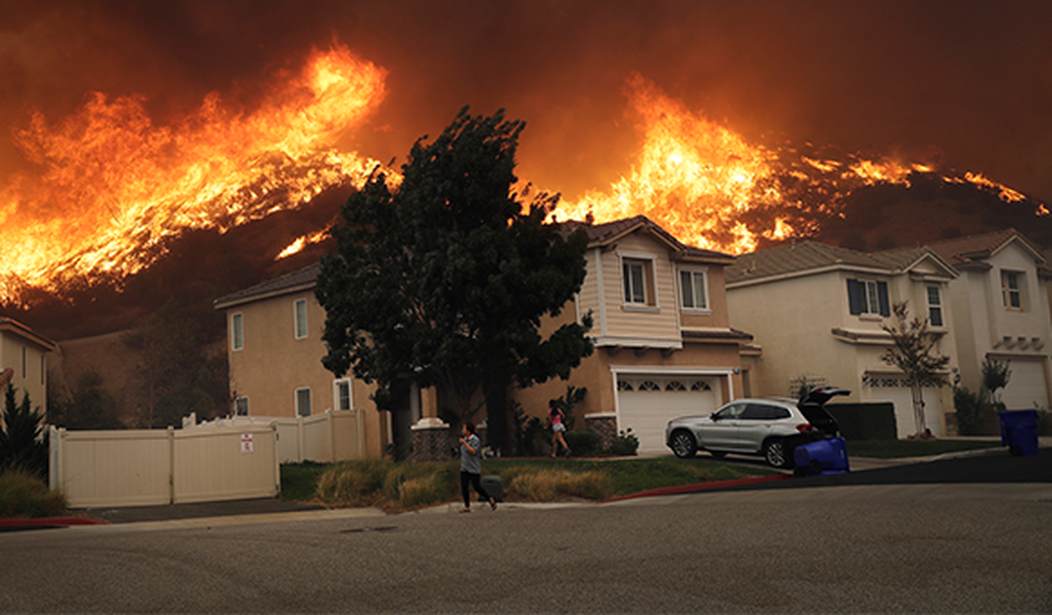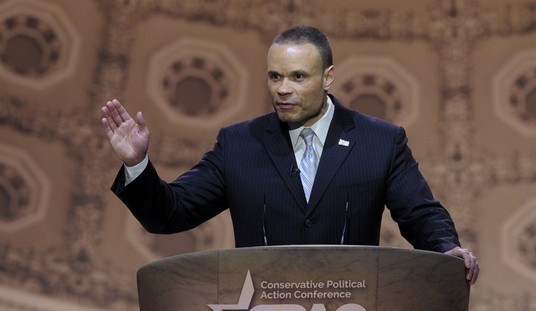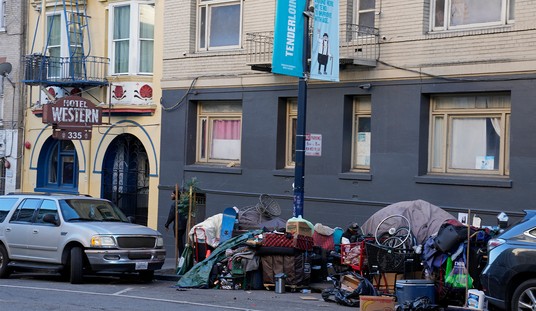The New York Times recently reported that insurance companies are setting homes on fire to showcase how to fireproof homes, the latest efforts from the industry to promote fireproofing.
These new innovations by the Insurance Institute for Business & Home Safety (IIBHS) should come as no surprise given that insurance companies as a whole lost $33 billion in 2023 in large part due to the increase in “catastrophic” wildfires.
In fact, catastrophic wildfires have more than doubled in the last decade. However, building a 12 foot “moat” of concrete between a yard and a house (one of the IIBHS suggested home improvements) won’t stop catastrophic wildfires alone. In order to protect the environment and the homes that people live in, we need to implement better forest management tools – such as prescribed burns and forest thinning – alongside working with businesses to promote innovative ways to reduce wildfires.
The topic of forest management has been the source of debate between lawmakers and environmentalists for several decades. One such practice, known as “prescribed burns,” is the use of low to medium heat fire in controlled areas to clear out underbrush and highly flammable debris, such as leaves and grass. This practice has been used for centuries and has been known to renew the nutrients in soil which in turn promotes more biodiversity in forests.
Recommended
Prescribed burns are excellent for reducing the risk of extreme wildfires by removing the flammable underbrush that often fuels the intense heat that forces wildfires to rapidly grow out of control. Prescribed burns have been used by farmers to help clear crops and protect soil integrity.
Despite the well known benefits of prescribed burns, Hawaii upheld a ban in 2017 on new prescribed burn permits. This ban was directed toward Hawaii Cane and Sugar company (HC&S), which left Hawaii, along with some pineapple farmers, once the Hawaii Supreme Courts upheld the ban as lawful.
While many environmental groups considered it a win to drive out large-scale farming from the island, the policy of banning prescribed burns became a contributing factor to the devastating Maui wildfires that killed 97 people six years later.
Another common-sense forest management tool that has been fiercely debated by environmental groups is called “forest thinning.” This is a practice used by timber companies that removes trees based on tree density, age, and diversity. This practice promotes healthy forests that are resistant to the spread of high heat, intense wildfires.
The USDA describes forest thinning as “one of the Forest Service’s most important tools to reduce fire risk in our national forests. It is used to restore more natural forest structure … [and] reduces stress and competition in forested areas susceptible to insect and disease.”
Despite the USDA’s recognition that forest thinning is very important, states like California have all but driven timber harvesting out of existence. According to the California Policy Institute, “We’ve reduced our annual timber harvest in California from 6 billion board feet per year as recently as the 1990s to around 1.5 billion board feet in recent years. As a result, California’s forests are estimated to have tree densities that are many times what is known to be historically normal.”
This increased tree density has led to a higher risk of high-heat, rapidly moving wildfires. The California Policy Institute goes on to rightly explain that if California would allow business to both profit and provide wildfire prevention, they would likely save the state millions of dollars fighting wildfires.
Businesses are essential to the conversation about reducing wildfires. Farmers have been using prescribed burns for centuries. Timber and logging companies have been thinning forests that benefit the environment by both reducing wildfires and providing alternatives to plastic like paper bags. It’s time that we stop villanizing businesses and instead encourage and celebrate them for the role they play in preventing climate change.
While insurance associations and companies are trying to creatively prevent the catastrophic damage loss from wildfires, many businesses are proactively attempting to prevent them. Businesses play a critical role in wildfire prevention, much like the forest management tactics of thinning and prescribed burns.
It’s time that we promote these common-sense solutions. It is time that we stop villanizing businesses that play a role in preventing climate change.
Charity Williamson is an American Conservation Coalition member and the Virginia State Director of the Capitalist League. Her commentary has been featured in Inside Sources, Issues and Insights, Townhall and more.
























Join the conversation as a VIP Member